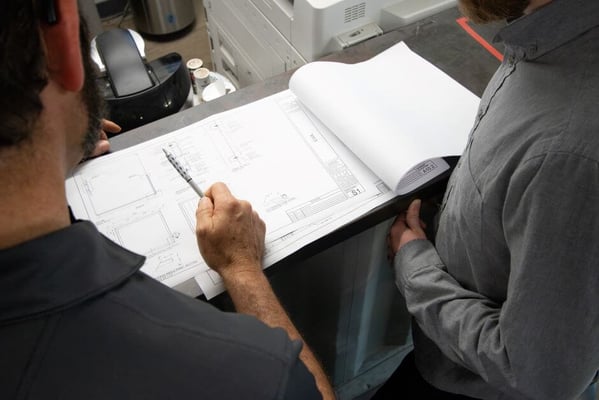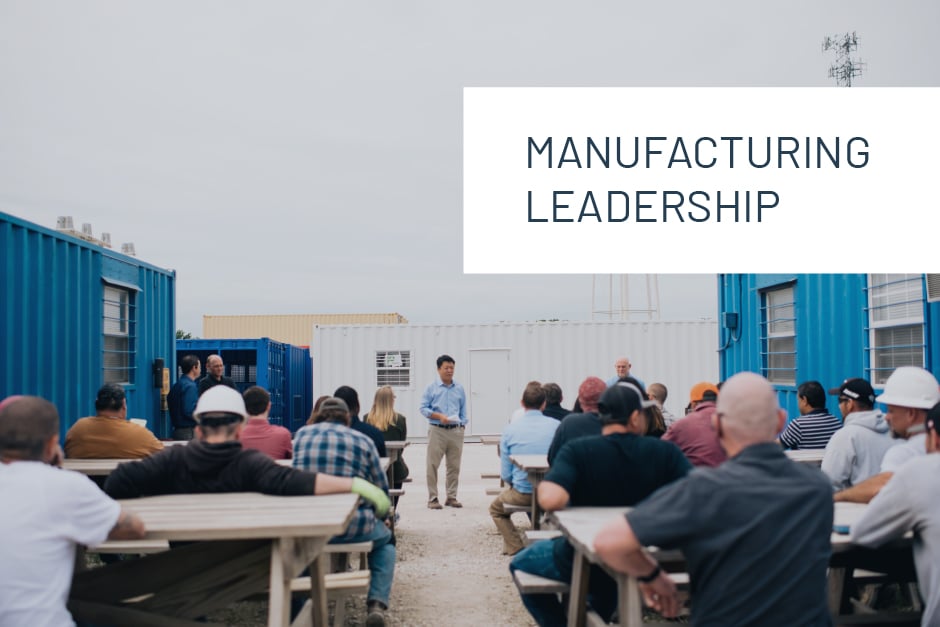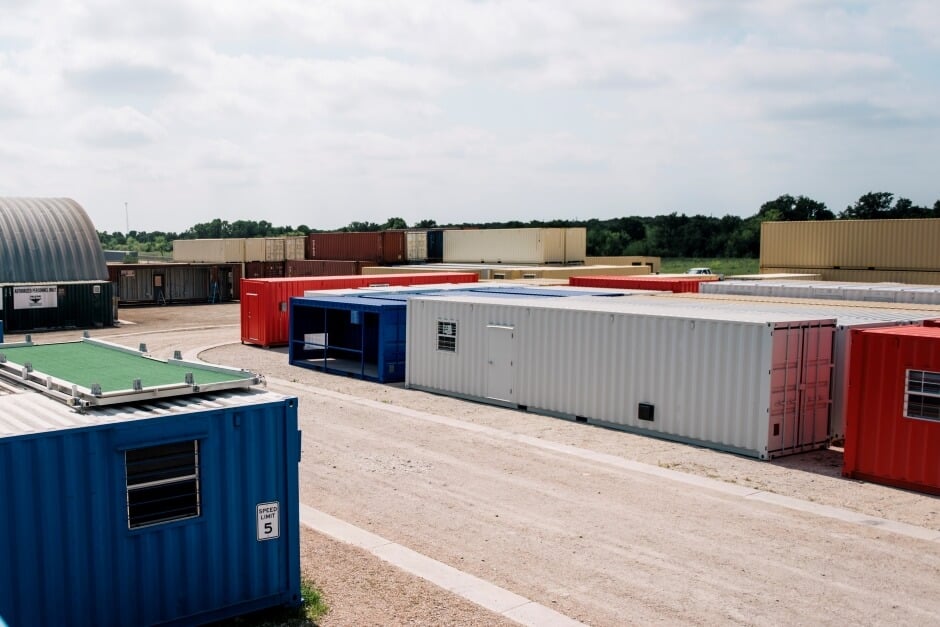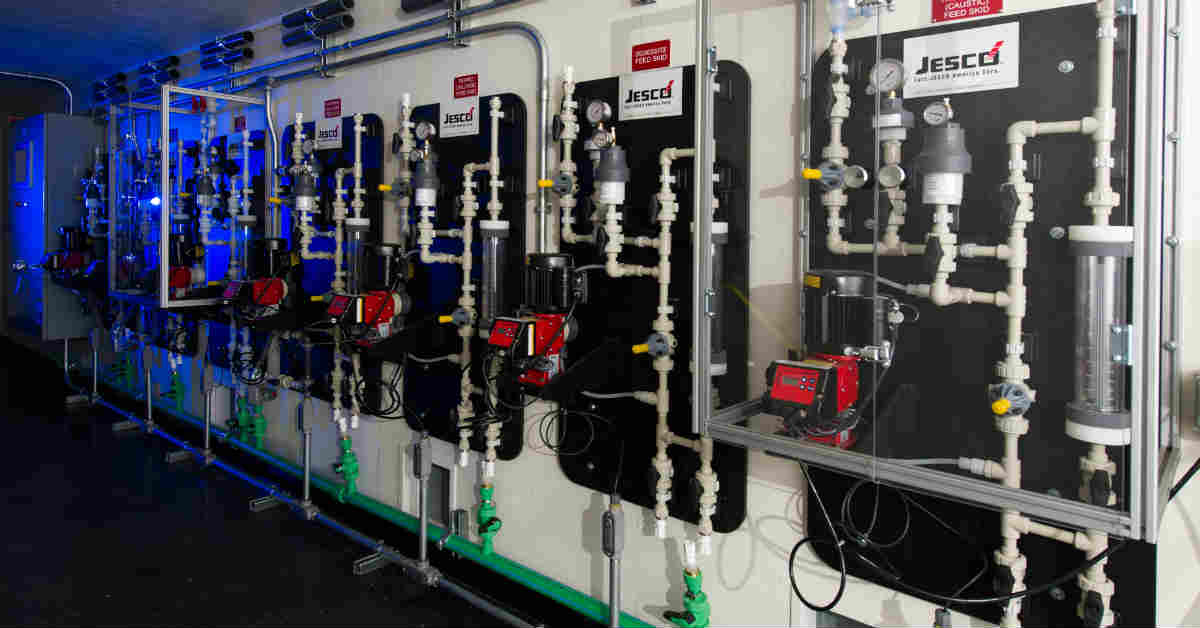How the A3 Methodology Improves Shipping Container Manufacturing
 Becca Hubert | Aug 7, 2024
Becca Hubert | Aug 7, 2024

Falcon Structures faces the unique challenge of being a manufacturer in a construction environment: The work our team performs is similar to what you’d see on a construction site, like framing, installing drywall, and running electrical wiring. But to make the most of our modular approach to modifying shipping containers, we have to think and act like a bonafide manufacturer. To make that happen, we’ve embraced the A3 methodology.
What is the A3 methodology?
Created by Toyota, the proverbial godfather of lean manufacturing prowess, the A3 methodology gets its name from the 11”x17” A3 size of paper. It is a lean management tool that condenses a problem-solving process onto a single page, prioritizing clarity and focus.
The A3 methodology was adopted and adapted for Falcon by our Co-Founder and Executive Vice President of Products, Brian Dieringer. He shared how we’ve implemented A3 at Falcon, as well as the impact it's had on our efforts to be a top-class manufacturer in a construction-heavy environment.

Applying A3 Methodology to Modified Shipping Container Manufacturing
1. Identify the Problem
When there’s a significant defect or “bust,” as we like to call it, our team comes together to do a root cause analysis. The first step is identifying and presenting the problem to applicable team members in an in-person meeting. This can include department heads, production leads, quality control, etc.
“We try to get people that have a level of system responsibility, and then part of that is also to demonstrate the mindset that we’re not here to assign blame,” Brian said.
2. Analyze the Root Cause
Once the problem is identified, next comes a root cause analysis.
“It’s not intended to be theoretical,” Brian said. “It’s intended to determine what really happened. Why did that happen, and why did we allow that to happen?”
This can include gathering data, consulting with team members, and examining the entire production process. The 5 Whys are a common tactic with A3, where you continually ask, “And why was that?” as the team traces the path of a problem’s origin.
In some cases, the root cause discovered could be straightforward, like personnel requiring additional training. But sometimes, the root cause can reveal an issue with larger processes. Brian described one such A3 meeting.
“The things we identified were not just work habit or sloppy, like someone made a mistake and they needed to do better. I think we identified some real systemic issues. It wasn’t until we sat down and got into that creative space that we recognized something no one was thinking about.”

3. Develop Solutions
Once we’ve identified the root cause, it’s time to come up with some solutions. This is a time for the team to brainstorm ideas and evaluate the feasibility of each one. They’ll select the ones they think are most effective, then make a plan to implement them.
“We want to get better results,” said Brian, “but what we have control over is our actions that lead to those results. So let’s experiment and try and see what happens.”
Depending on the issue, solutions could be as basic as investing in better tools, or they could be as intense as redefining a department’s process. Like Brian said, the purpose is to make an effort to improve and observe the results.
4. Implement the Plan
With solutions in hand, the next step is implementation. This requires a detailed action plan that outlines tasks, responsibilities, and timelines. It’s important to assign someone as owner of these “experiments,” as Brian says. But just because they are the owner doesn’t mean they’re responsible for the results.
For example, our head of quality control could be assigned ownership of conducting supplemental quality checks once a container leaves a certain production phase. He’s responsible for running those checks for a predetermined amount of time, then he brings the results to the team.
5. Assess the Results
So, did our plan work? About a month after the first A3 meeting, the team will gather again to review the results of their hypothesized solutions.
Brian said, “That’s really where you get the best out of the process, is when you come back later and revisit it and say, hey, how did this go?”
It’s a collaborative effort to assess and determine if the group’s idea was successful or not. If the issue is resolved and processes are improved, that’s a win. Depending on the situation, the group might meet again to monitor and periodically review it. Regardless, the A3 paper is hung up in Falcon’s Building 2 as a reminder of our team’s commitment to becoming better.
“We try to refer back to it. That’s the whole point of it being on this large sheet of paper, so that you could actually post it as something that we’re working to continuously improve,” Brian said.

How Effective Is the A3 Methodology?
The efficacy of A3 depends on each unique organization and how they adapt it to their needs. For Falcon, it has been immensely useful in streamlining our manufacturing practices. This is especially important given that many facets of our business are construction-oriented, an industry notorious for perpetually missed deadlines and a lack of efficiency.
“First of all, it helped us to emphasize the fact that we’re trying to do a manufacturing process when we’ve got construction-trade people,” Brian said. “We’re trying to understand and utilize tools to get manufacturing quality and efficiency, all while doing construction trades.”
That quality and efficiency make our product better, but they also improve our customers’ experiences.
“A3s benefit the customer on quality, price, and schedule,” Brian said. “It leads to process improvements that help us keep our costs low.”
Perhaps more importantly, the A3 methodology is a vital tool to help Falcon continue to improve and maintain its status as a leader of the modified shipping container industry.
“We’re trying to be a learning organization. This is one of our tools to learn,” Brian said. “We’re going to make mistakes, but we can together work on getting better.”
Interested in starting a project? Reach out to our team at 512-231-1010 or email us at Sales@FalconStructures.com.
SUBSCRIBE
- Shipping Container Modifications
- How-Tos
- Workspace
- Commercial Construction
- Multi-Container Buildings
- Storage Solutions
- Industrial Enclosures
- Bathrooms & Locker Rooms
- Oil & Gas
- Climate Control
- Green Building
- Living Space
- Industry Insight
- Military & Training Facilities
- Water Treatment Solutions
- Energy
THINK INSIDE THE BOX®
WITH OUR BLOG
Get everything from shipping container basics, to detailed how-tos and industry news in our weekly blog. Stay inspired and subscribe!
RELATED BLOGS

Thoughts on Manufacturing Leadership in Difficult Times
Marissa Morin | May 13, 2020 | 3 min read
READ MORE

Guide to Shipping Container Sizes & Types
Becca Hubert | Dec 13, 2023 | 4 min read
READ MORE

7 Benefits of Containerized Equipment Shelters for OEMs
Krista Short | Jul 6, 2017 | 3 min read
READ MORE
